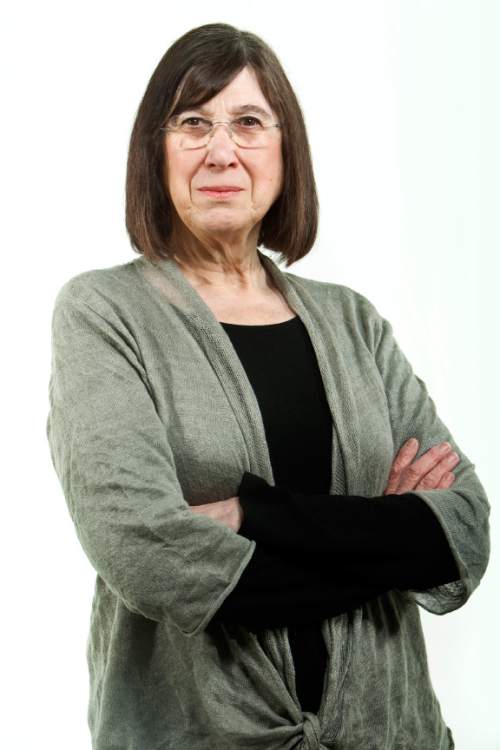This is an archived article that was published on sltrib.com in 2016, and information in the article may be outdated. It is provided only for personal research purposes and may not be reprinted.
Part 2
On May 1, 1900, more than 300 miners left the town of Scofield at 7 a.m. to work the morning shift at Winter Quarters Number One and Number Four mines owned by the Pleasant Valley Coal Co.
Three hours later, they endured one of the worst mine disasters in Western history.
The horrific coal mine explosion, and its suffocating afterdamp, broke, battered, burned and extinguished the lives of 200 miners — fathers, sons and brothers most of whom were working deep within the mountain.
In an instant, the catastrophe thrust the small mining community into heartbreaking scenes of turmoil, desperation and despair. Wives became widows, children orphans, and families destitute.
Possibilities for rescue were slim. Each recovery was tortuous and dangerous.
"Right after the explosion, every volunteer who dared step into those chambers of death and horror took his life in his hands," wrote J.W. Dilley in "History of the Scofield Mine Disaster." "It meant that he would certainly meet the fire-damp, to what extent no one knew, and that every step would be [fraught] with danger. And yet, no one hesitated."
Miners from Clear Creek, Castle Gate and Sunnyside raced to help relieve the home miners, recover the living, and retrieve the dead.
Some rescuers, nearly overcome by the afterdamp — the choking gas left in the explosion's aftermath — had to be carried out of the mines and into the fresh air. But once revived, they returned to clear away mounds of rocks and dig through walls of coal to reach the bodies. One shift led to another and then another as those stalwart men focused only on the duty at hand.
"The scene has been one that will remain with those witnessing it as long as they shall live and many have been the stout hearts of brawny men to turn away with a tear a-down their cheeks," the May 4 issue of The Salt Lake Tribune reported.
Coffins, sent in from Salt Lake City and Denver, riddled the landscape. Makeshift morgues were established. Mr. C. Nix, a company employee, was charged to identify and place a name tag "upon the dead man's breast" at Mr. Edward's boardinghouse.
Volunteers were called to wash and dress the dead. Some struggled with the familiarity of having known them.
"Men who had helped to wash and dress half a hundred of the victims absolutely refused to touch the body of a close friend, leaving that to the work of strangers," the May 5 issue of The Tribune reported. "Especially was this true of the men who had been spared and their 'bunkies' who had been killed; in some cases [they] refused even to look upon the bruised and misshapen bodies of their friends."
On the boardinghouse porch, crying women searched through piles of miners' clothing for anything that could identify their husbands beyond all doubt. Then, drained of tears, most were stunned into silence by the bewildering reality.
Offers of aid poured in. City women, profoundly driven to help, cleaned houses, washed clothes, cared for children and cooked for those left grieving. Loaves of bread and packages of meat and produce were distributed. The company store refused nothing.
But nothing could bring those men back. In the anguish of finding fault, racism filled newspaper pages condemning Finlanders for the explosion before the howls subsided into communal grief. New to this country and mining, 68 Finnish men and boys were also killed in the explosion.
At night, a steady stream of wagons carried caskets of the dead — embalmed and clothed for burial — to family homes, churches, lodges and Scofield cemetery where 135 graves were dug and several widened to hold fathers and sons.
At the depot, funeral trains with more than 51 coffins draped in a magnificent array of flowers donated by a country in mourning carried the remaining miners home.
Eileen Hallet Stone, author of "Hidden History of Utah", a compilation of her Living History columns in the Salt Lake Tribune, may be reached at ehswriter@aol.com. Additional Sources: J.W. Dilley's first-hand account recorded in Scofield Mine Disaster, published in 1900 shortly after the explosion. —
Read Part One
To read the first part of this series, which appeared in The Tribune's Jan. 3 edition, go to sltrib.com and this link, http://bit.ly/1Sl5Usj



